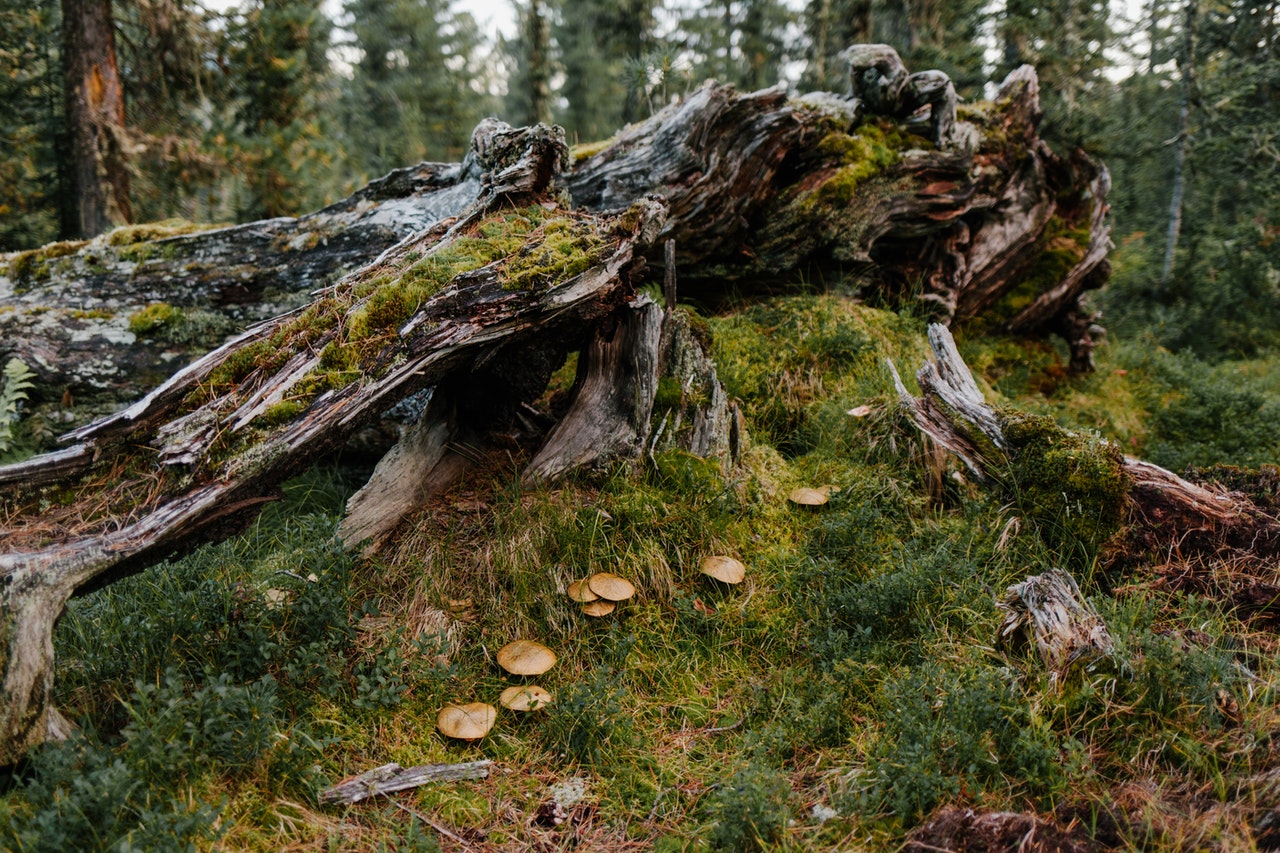A large tree is something special. It creates shade from the sun where you can sit down and relax, provide you with clear air to breathe, absorb noise to keep the property peaceful, and can become a children’s playground with swings hanging off of its branches or a treehouse up its trunk.
An old tree is even more special; it retains a record of history in its trunk. It also can increase the value and overall visual appeal of a property.
Trees Can Die
However, increasingly, old trees are becoming rare and, in urban settings, they are almost non-existent. Homeowners who are lucky enough to have an old tree on their property would benefit from taking the time and investing the resources to preserve it for their family’s use and for generations to come.
Trees are generally very resilient. They can withstand almost anything and survive for a really long time. With time, trees will start to show their age, too. Cracks may form on its bark and disease may cause your tree to die.
When strange symptoms start to appear, that is when you should call an arborist. You can look up trusted and respected arborists through the International Society of Arboriculture (ISA). These people are well-trained to diagnose and apply the correct treatment to an old tree.
Here are some of the most common reasons why old trees die.

Disease
As mentioned, trees can get diseases. There are actually dozens of pathogens that can infect all sorts of foliage that can damage a tree so severely that it dies.
Armillaria, better known as honey fungus, is one of them. This disease is known for the creamy-white fungal sheets that appear under the bark at the base of the trunk or around the roots.
The fungus attacks the roots, causing decay. The behavior of the upper parts of the plant will change, too, either refusing to flower and bear fruits or having too many flowers and fruits. Eventually, and suddenly, the plant infected will die.
Unfortunately, the honey fungus is pretty much a death sentence. It will kill the tree and any subsequent plants that will be grown in its place for the foreseeable future. The only way to stop it from spreading is to excavate the infected plant, destroy it by burning, and refrain from growing susceptible plants in the space for a while.
Phytophthora root rot is deadly to trees, too. It is hard to figure out if a tree is infected because symptoms, which include wilting foliage and branch dieback, do not appear until the roots have already been badly infected. The disease also shows symptoms similar to waterlogging.
The species that cause the disease can survive in the soil even after the infected plant has been removed. Infected plants should immediately be removed and destroyed. The soil where the plant was extracted should be replaced with fresh topsoil.
Rodents
Rodents eat tree bark, especially during winter when their regular food source becomes scarce. That is why you may notice more damages to your trees whenever the weather is cold than in spring and summer.
Rodents bite through the outer bark of the tree and access the softer, tastier, inner part. Although a tree victimized by a rodent can survive the attack, when the damage is severe, it will kill the tree.
The most common rodents that feed on bark include rabbits, mice, and voles. Beavers may also damage a tree to the point of death.
Installing a barrier around the tree can keep the rodents out. Experts recommend using hardware cloth to prevent critters from having access to it.
Trees provide so many benefits for humans and the environment. However, they are susceptible to different factors that may cut their usually long lifespan tragically short. They need to be protected so that they can give more to the world.